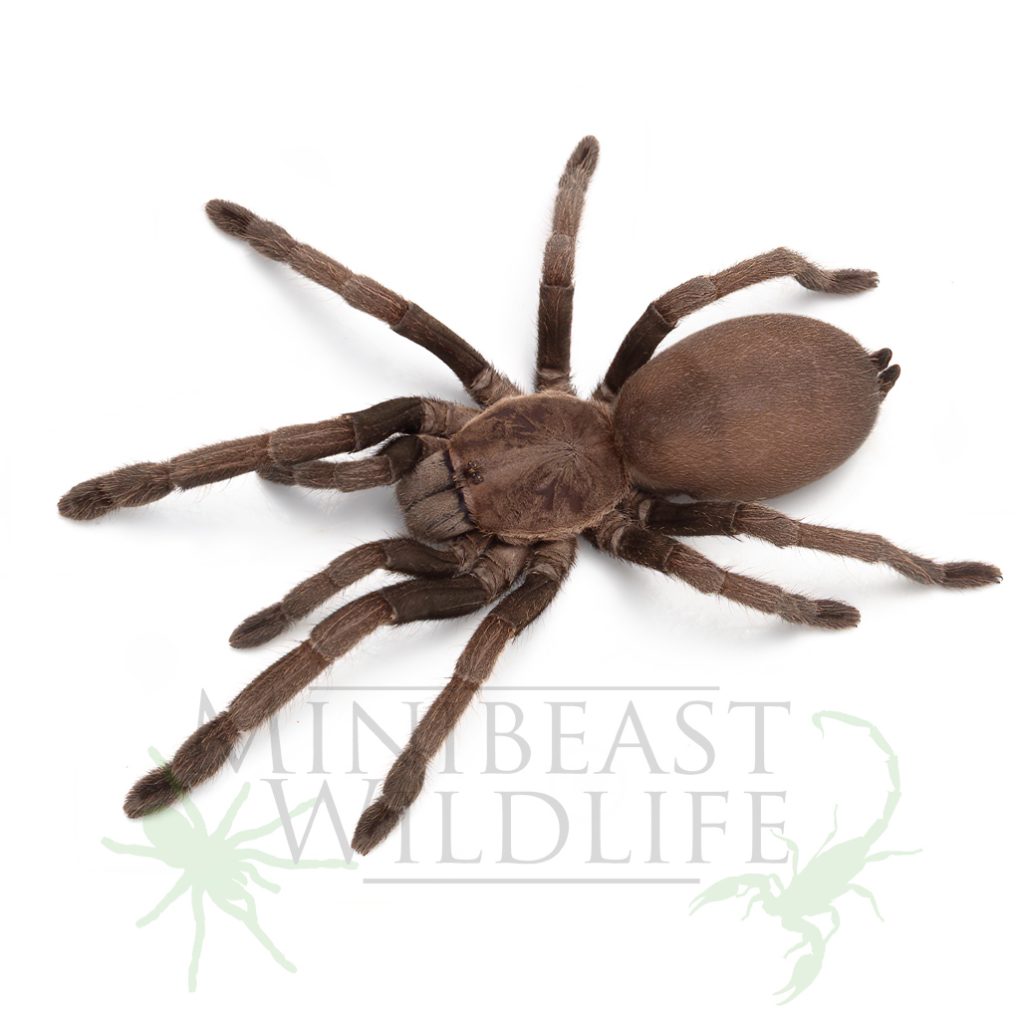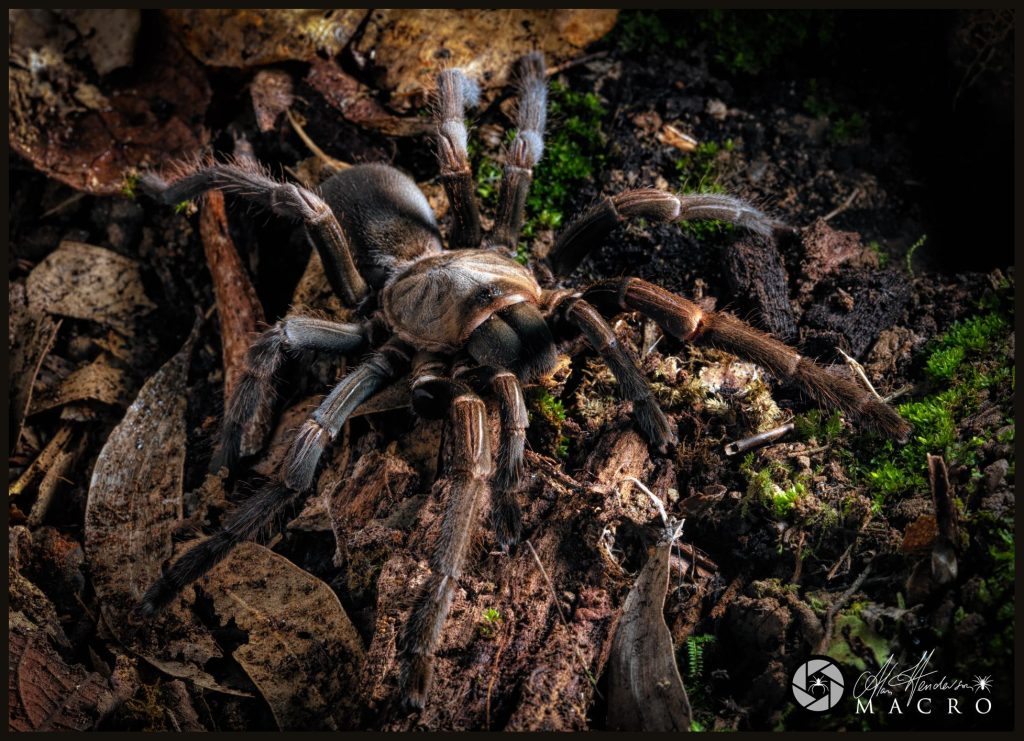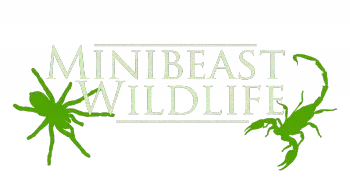How to buy an Australian tarantula
Buying an Australian tarantula for the first time can be a challenging and confusing experience. Don’t worry – we’re here to help!
What are tarantulas?
It can be daunting if you are new to these animals and buying one for the first time. Firstly, lets go through what tarantulas actually are. They are of course spiders and they belong to a specific group, scientifically referred to as Theraphosidae. Tarantulas live in various parts of the world and we have many species native to Australia. They are typically large hairy spiders spiders that live in burrows, usually in the ground, but there are some species that live in trees. While many species overseas are bright and colourful, Australian native tarantulas are all various shades of brown (like the one pictured below). In Australia we can only keep native species, it is illegal to import or keep exotic species from other countries.
Australian tarantulas live throughout vast areas of Australia, typically in the warmer regions of the country. They are present in the inland mallee scrub and deserts, and along the sub-tropical and tropical coastlines in the north. They are absent in the cooler temperate regions of southern mainland Australia and Tasmania.
Tarantulas are best called tarantulas, but they do go by a range of other names, some of which are misleading and confusing. These names include Bird-eating spiders (they don’t eat birds) and whistling spiders and barking spiders. They can’t actually whistle or bark, but can make a hissing noise by rubbing their mouthparts together when alarmed.

Species and types of tarantulas
If you’ve searched online for Australian tarantulas no doubt you’ve been bombarded with a bunch of different names of species and variations. If you are confused, don’t worry – we’re here to help!
Unfortunately, many of Australia’s tarantulas have not yet been officially described by scientists (given a unique scientific name). This is mainly because it is very difficult to tell many of them apart using the traditional scientifically methods which are used on most other spiders. DNA work is now is now underway, but in the meantime we are working with a range of names based on where they have originated or what they look like.
For example Phlogius sp. Kuranda originates from near Kuranda, and Selenotypus sp. Bowen River from that region. Other names have been unofficially adopted by tarantula keeping hobbyists based on appearances, however many of these are misleading or inaccurate. Without going down the rabbit hole of Australian naming, the moral of the story is there is a lot of confusion around names and if you want some more info on that check out this article.

Australian tarantulas - what to buy
If you are a beginner and and looking to buy an Australian tarantula to start you off we recommend the following things:
- Buy a captive-bred tarantula. (Pet shops and some online stores often irresponsibly sell adults collected straight out of the wild which can both impact wild populations and result in you getting a stressed, old or parasite ridden animal.
- Purchase a young tarantula. An advanced sling (spiderling which has several months growth) or an older juvenile. You’ll know how old it it and that it wasn’t poached from the wild. Buying from a reputable breeder is also important as they will know how to care for these spiders and can help you with its ongoing care. At Minibeast Wildlife we specialise in providing advice and ongoing care assistance to all our customers.
- Buy a Phlogius or Coremiocnemis species as your first tarantula. These grow faster and are somewhat easier to keep than Selenotholus and Selenotypus species. There are lots of Phlogius species available – it doesn’t matter which you choose as they are all quite similar. They grow quite fast and they are the biggest of Australia’s tarantulas. Coremiocnemis are smaller, but produce the most elaborate silk labyrinths which are great for exhibits.
- Do your homework and be prepared for the care requirements before you get your Australian tarantula and make sure you get all the equipment you need. Minibeast Wildlife offers kits with all the basics and you can download our Care Guides at any time to familiarise yourself with their care.
Making a purchase
So if you are ready to dive in and get an Australian tarantula then visit our Bugshop. We have 100% captive-bred tarantulas and by purchasing from Minibeast Wildlife you are protecting Australia’s wild tarantula species from potential harm from those who simply collect and sell them. We offer a 7 day guarantee on all our animals and provide an excellent and ongoing service to assist you with any help you need. After all, we are experts in the field of spider care and have been keeping and breeding these spiders for well over 20 years.
